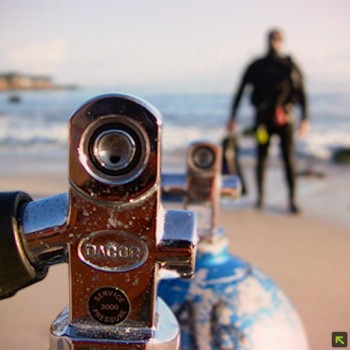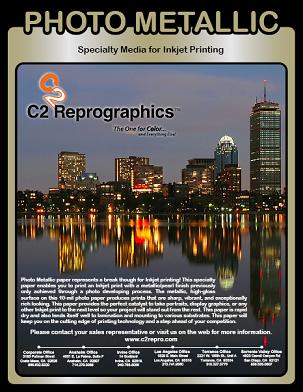
A new “camera” is emerging from the start-up mode and making noise in the digital capture market. Essentially, the new technology from a company called Lytro eliminates the depth of field limitations of traditional photography technology.
Simply put, the camera has harnessed the capture of the entire light field rather than one point of light, something that has been approached in the past by using a hundred cameras in one room. That capability has been brought into one unit the company says can fit in your pocket.
The primary benefit of the new camera is the ability to bring everything into focus after the shot is snapped. If there’s something blurry in the foreground, or the background, you can bring it into sharp focus after the fact.
As an example found in the video embedded below in which CEO and found Ren Ng describes the technology and its applications, an original capture with Lytro shows a boy blurred in the foreground with a sharply-focused background of water and mountains. Ng shows how Lytro allows the user to bring the boy into sharp focus while the background blurs.
What’s really amazing about it, at least to me, is that you can bring both foreground and background into focus, a trick that really brings the potential of Lytro to light, so to speak. You can also change the orientation of the photo (as shown in the same example in the video) and there are 3D rendition possibilities with the technology.
According to TechCrunch, Lytro has attracted $50 million in capital from NEA, K9 Ventures, Greylock Partners and Andreessen Horowitz. It would seem that Lytro is in position to make a mark, and quite a big one, in digital photography in the near future. The questions now are when, how much (money) and at what resolution?

